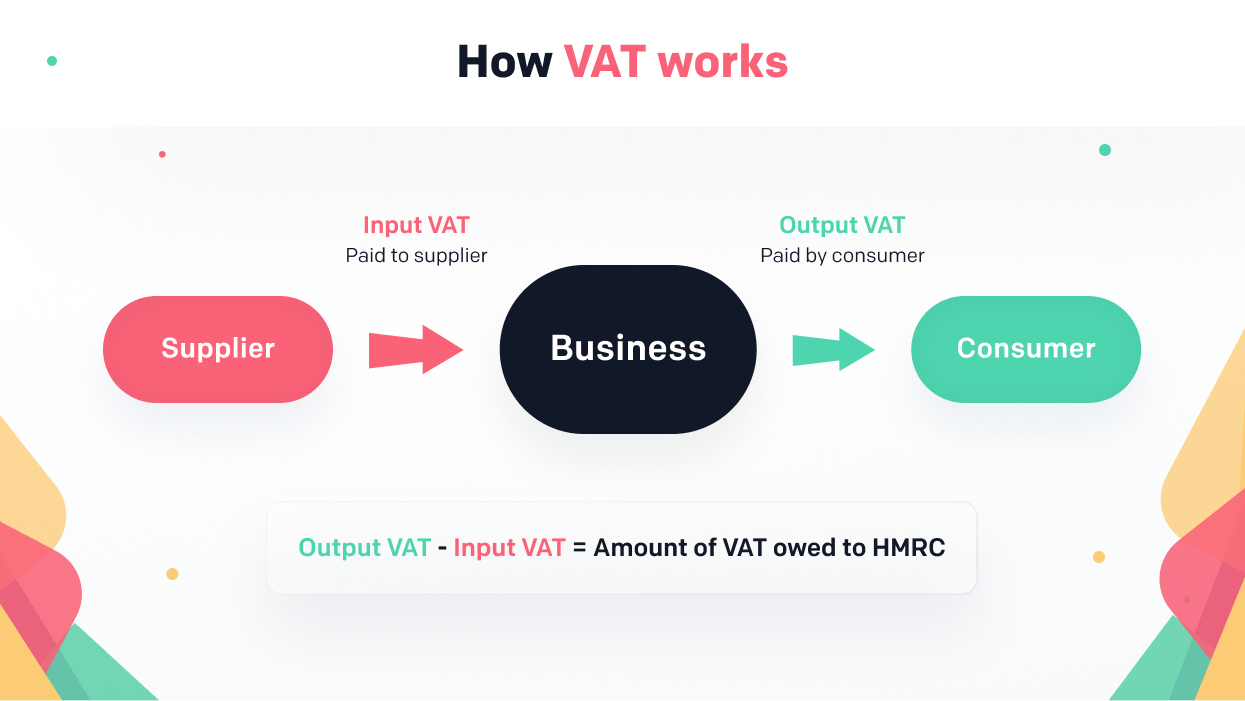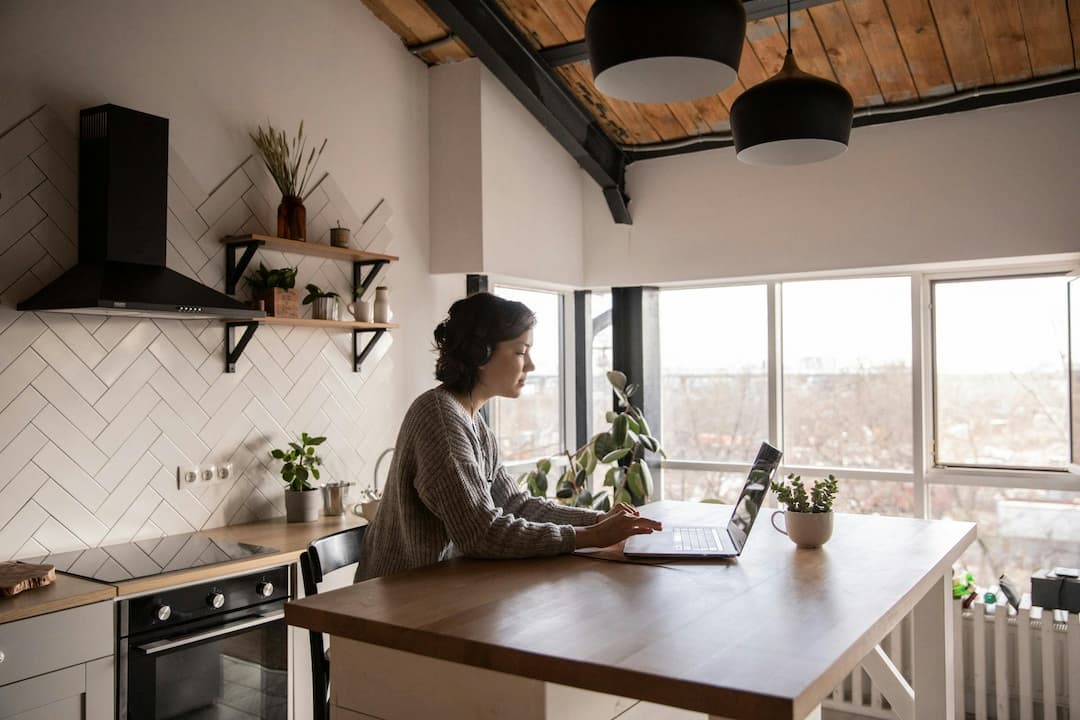
Can a sole trader be VAT registered?
August 12, 2022Can a sole trader be VAT registered?
How does VAT work?

How much VAT do I need to pay?
| Rate | % | Applicable to |
|---|---|---|
| Standard | 20% | Most goods and services |
| Reduced | 5% | Children's car seats, maternity and sanitary products, fuel and power for domestic use, energy-saving materials installed for domestic use |
| Zero | 0% | Books and newspapers, children's clothes and shoes, motorcycle helmets |





